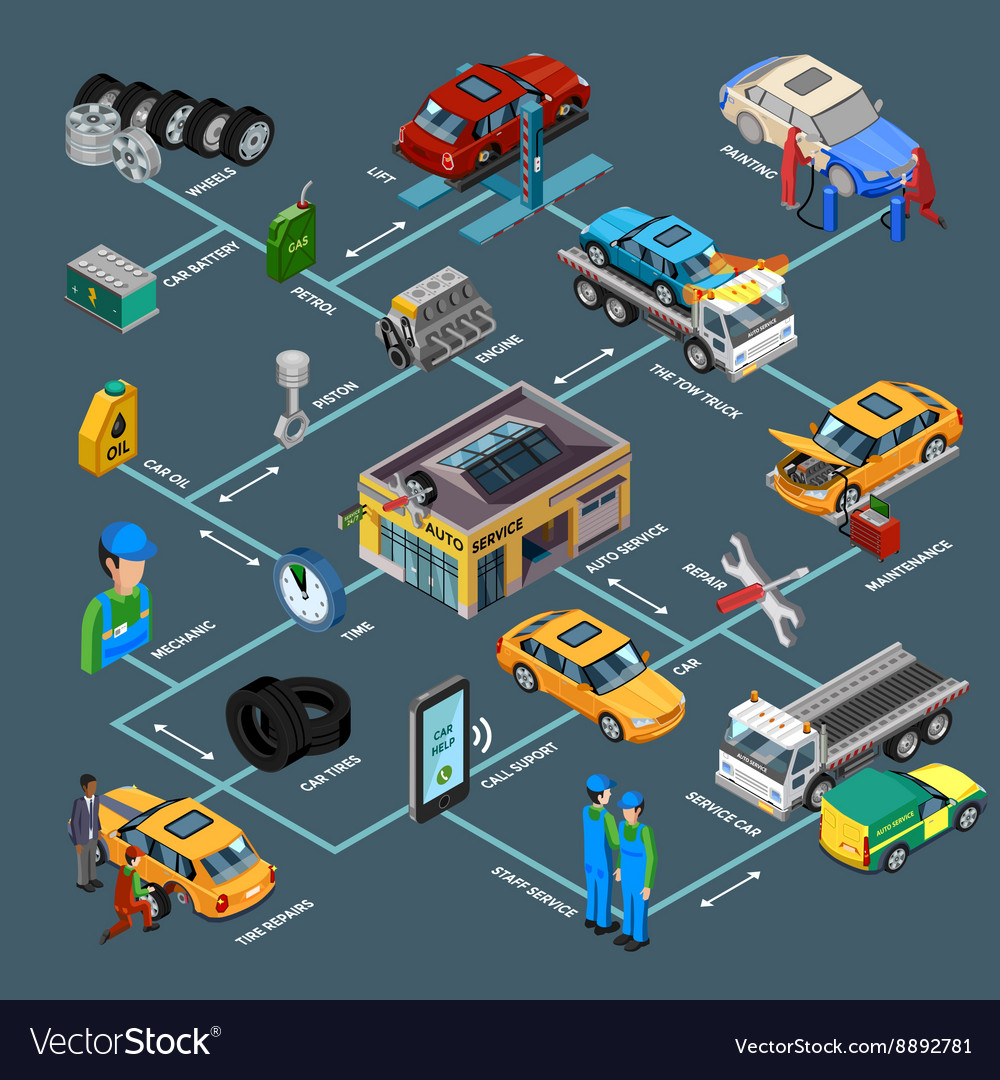Comprehending Your Cars And Truck'S Warning Lighting: What Do They Actually Mean?
Comprehending Your Cars And Truck'S Warning Lighting: What Do They Actually Mean?
Blog Article
Writer-Lauritsen Dalgaard
When you lag the wheel, those glowing warning lights on your control panel can be a little bit perplexing. Do you recognize what they're attempting to tell you concerning your cars and truck's health and wellness? Comprehending the value of these lights is essential for your safety and security and the longevity of your automobile. So, the next time one of those lights turns up, wouldn't you want to analyze its message accurately and take the required steps to address it?
Common Caution Lighting and Interpretations
Recognize typical caution lights in your auto and comprehend their meanings to ensure risk-free driving.
One of the most regular caution lights consist of the check engine light, which signifies issues with the engine or discharges system. If this light comes on, it's essential to have your automobile examined immediately.
The oil stress advising light shows reduced oil stress, calling for instant attention to avoid engine damage.
A flashing battery light could suggest a damaged billing system, possibly leaving you stranded otherwise addressed.
The tire stress surveillance system (TPMS) light signals you to reduced tire pressure, impacting automobile stability and gas performance. Neglecting this might bring about hazardous driving conditions.
The abdominal muscle light suggests a problem with the anti-lock braking system, endangering your capability to quit swiftly in emergency situations.
Finally, the coolant temperature level alerting light warns of engine overheating, which can cause severe damage otherwise dealt with promptly.
Comprehending these usual caution lights will certainly help you attend to problems without delay and maintain secure driving conditions.
Relevance of Prompt Attention
Understanding the typical caution lights in your cars and truck is just the first step; the relevance of promptly attending to these cautions can not be stressed sufficient to ensure your safety and security when driving.
When a warning light illuminates on your control panel, it's your automobile's means of connecting a possible issue that needs interest. Overlooking these warnings can bring about extra serious problems down the road, compromising your safety and potentially costing you much more out of commission.
Trigger interest to advising lights can stop breakdowns and accidents. For example, a flashing check engine light could suggest a misfire that, if left neglected, could create damage to the catalytic converter. Addressing this promptly can save you from a costly fixing.
In a similar way, a brake system warning light could signal reduced brake fluid or used brake pads, essential elements for your safety when driving.
Do It Yourself Troubleshooting Tips
If you see a caution light on your control panel, there are a few do it yourself fixing tips you can attempt before looking for professional help.
The initial step is to consult your auto's manual to comprehend what the details caution light suggests. In https://transmission-fluid-change06161.blogdun.com/30513872/environment-friendly-automobile-detailing-welcoming-eco-friendly-products-and-practices can be as easy as a loosened gas cap setting off the check engine light. Tightening up the gas cap might settle the problem.
https://www.nbcnews.com/news/feds-sue-auto-repair-shop-paid-former-employee-pennies-rcna11339 is a low battery, which can set off numerous warning lights. Checking the battery links for deterioration and guaranteeing they're protected might fix the trouble.
If a caution light continues, you can try resetting it by disconnecting the vehicle's battery for a few minutes and afterwards reconnecting it. In addition, checking your vehicle's fluid levels, such as oil, coolant, and brake fluid, can aid repair alerting lights related to these systems.
Conclusion
Finally, recognizing your auto's warning lights is necessary for keeping your automobile running smoothly and securely. By quickly dealing with these informs and understanding what they indicate, you can prevent expensive repairs and possible failures.
Keep in mind to consult your car's manual for certain information on each alerting light and act appropriately to guarantee a hassle-free driving experience.
Stay informed, stay secure when driving!
